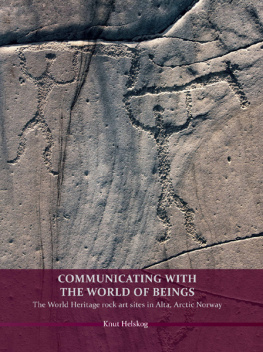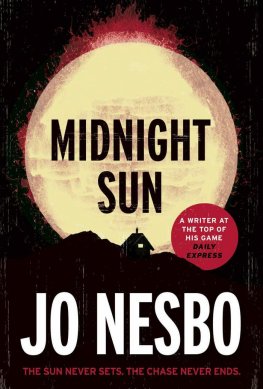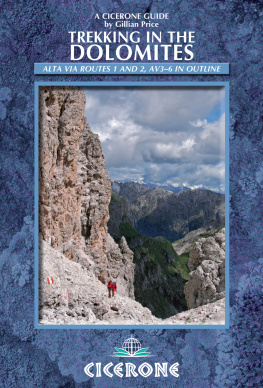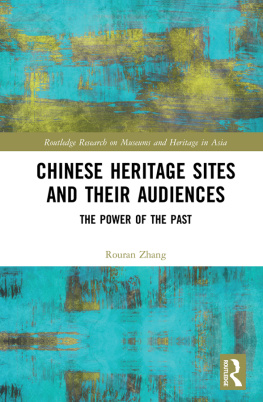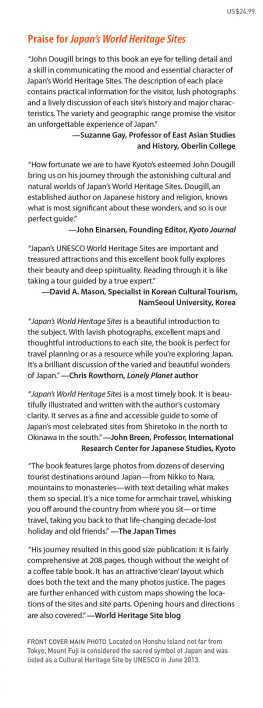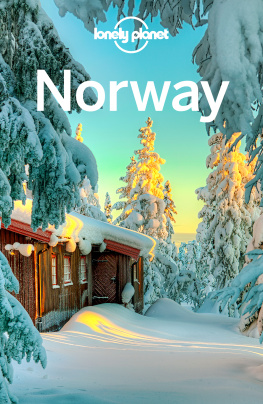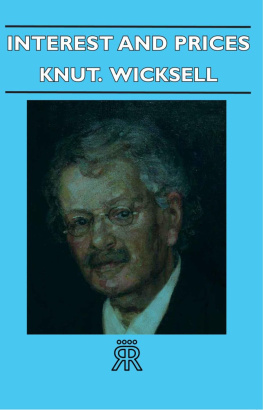Knut Helskog - Communicating With the World of Beings: The World Heritage Rock Art Sites in Alta, Arctic Norway
Here you can read online Knut Helskog - Communicating With the World of Beings: The World Heritage Rock Art Sites in Alta, Arctic Norway full text of the book (entire story) in english for free. Download pdf and epub, get meaning, cover and reviews about this ebook. year: 2014, publisher: Oxbow Books, genre: Science fiction. Description of the work, (preface) as well as reviews are available. Best literature library LitArk.com created for fans of good reading and offers a wide selection of genres:
Romance novel
Science fiction
Adventure
Detective
Science
History
Home and family
Prose
Art
Politics
Computer
Non-fiction
Religion
Business
Children
Humor
Choose a favorite category and find really read worthwhile books. Enjoy immersion in the world of imagination, feel the emotions of the characters or learn something new for yourself, make an fascinating discovery.
- Book:Communicating With the World of Beings: The World Heritage Rock Art Sites in Alta, Arctic Norway
- Author:
- Publisher:Oxbow Books
- Genre:
- Year:2014
- Rating:3 / 5
- Favourites:Add to favourites
- Your mark:
- 60
- 1
- 2
- 3
- 4
- 5
Communicating With the World of Beings: The World Heritage Rock Art Sites in Alta, Arctic Norway: summary, description and annotation
We offer to read an annotation, description, summary or preface (depends on what the author of the book "Communicating With the World of Beings: The World Heritage Rock Art Sites in Alta, Arctic Norway" wrote himself). If you haven't found the necessary information about the book — write in the comments, we will try to find it.
Knut Helskog: author's other books
Who wrote Communicating With the World of Beings: The World Heritage Rock Art Sites in Alta, Arctic Norway? Find out the surname, the name of the author of the book and a list of all author's works by series.
Communicating With the World of Beings: The World Heritage Rock Art Sites in Alta, Arctic Norway — read online for free the complete book (whole text) full work
Below is the text of the book, divided by pages. System saving the place of the last page read, allows you to conveniently read the book "Communicating With the World of Beings: The World Heritage Rock Art Sites in Alta, Arctic Norway" online for free, without having to search again every time where you left off. Put a bookmark, and you can go to the page where you finished reading at any time.
Font size:
Interval:
Bookmark:
OXBOW BOOKS
10 Hythe Bridge Street, Oxford OX1 2EW
OXBOW BOOKS
908 Darby Road, Havertown, PA 19083
| Original Norwegian version published by: | Troms University Museum, UiT The Arctic University of Norway, Troms |
| Museums Skrifter XXXIII 2012 | |
| Photographs: | Knut Helskog, unless otherwise indicated |
| Layout and design: | Ernst Hgtun |
| Digital photo processing: | Adnan Icagic |
Published with financial support from: SpareBank 1 Nord-Norge
E-pub Edition: ISBN 978-1-78297-412-3; Mobi: ISBN 9781782974130; PDF: ISBN 9781782974147
including photocopying, recording or by any information storage and retrieval system, without permission from the publisher in writing.
Oxbow Books
Telephone (01865) 241249, Fax (01865) 794449
Email:
www.oxbowbooks.com
Oxbow Books
Telephone (800) 791-9354, Fax (610) 853-9146
Email:
www.casemateacademic.com/oxbow



Alta Museum, to the right in the photo, lies at the head of Altafjord with a beautiful panorama northward out over the fjord. The largest collection of rock art lies in the area around the bay.
Font size:
Interval:
Bookmark:
Similar books «Communicating With the World of Beings: The World Heritage Rock Art Sites in Alta, Arctic Norway»
Look at similar books to Communicating With the World of Beings: The World Heritage Rock Art Sites in Alta, Arctic Norway. We have selected literature similar in name and meaning in the hope of providing readers with more options to find new, interesting, not yet read works.
Discussion, reviews of the book Communicating With the World of Beings: The World Heritage Rock Art Sites in Alta, Arctic Norway and just readers' own opinions. Leave your comments, write what you think about the work, its meaning or the main characters. Specify what exactly you liked and what you didn't like, and why you think so.

